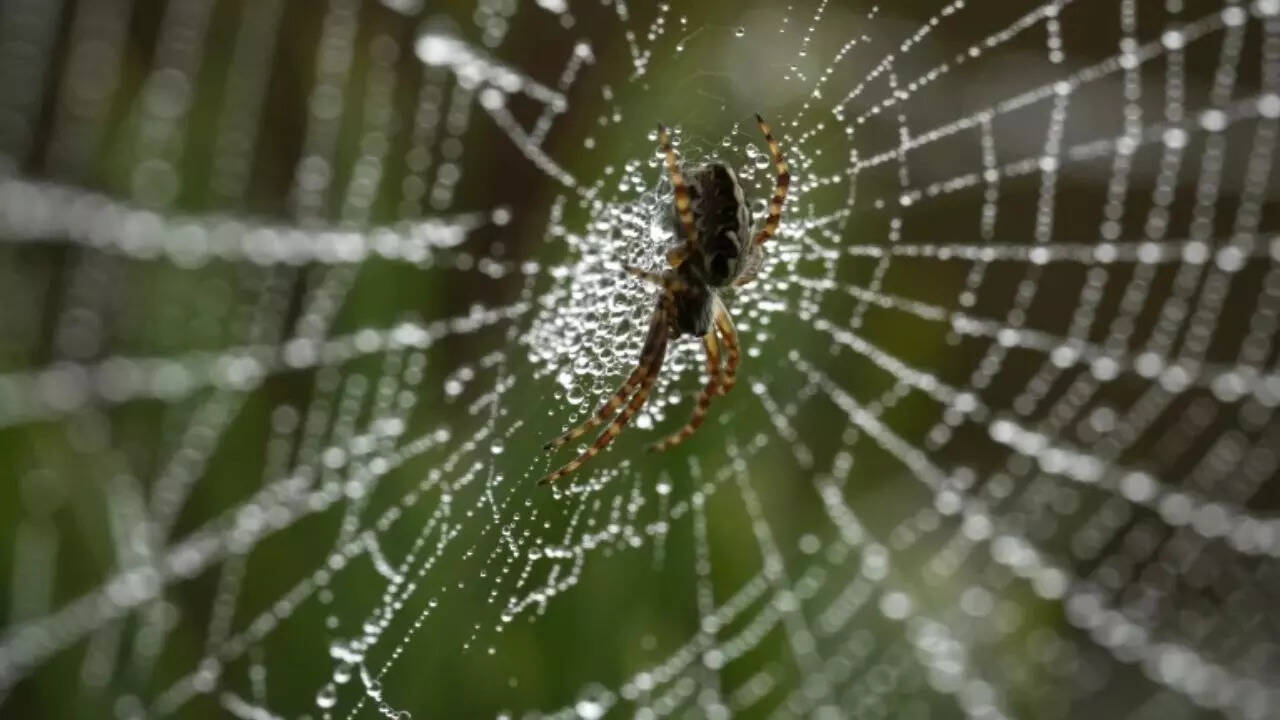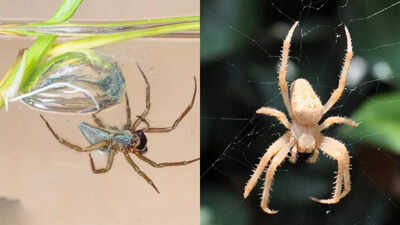While many are understandably scared of snakes, what most seem to be terrified of are little, crawling creatures called spiders. Now it seems these crawlers were swimming in good ole waters before adapting to land and engaging in a never-ending game of I-spy with humans.According to the analysis of an “exquisitely preserved” fossil that existed 500 million years ago, spiders and their arachnid relatives may have actually originated in the sea.In a research published in the journal Current Biology, researchers at the University of Arizona performed a detailed examination of the brain and central nervous system of an extinct animal called Mollisonia Symmetrica. The species was previously believed to represent a specific group of arthropods called chelicerates that lived during the Cambrian period, between 540 and 485 million years ago. They were believed to be the ancestors of horseshoe crabs.However, after finding the neural arrangements in the creature’s fossilized brain, the researchers understood that they were not organized like those in horseshoe crabs. Instead, they were organized akin to the ones in modern spiders and their relatives, said the researchers.The anterior part of Mollisonia’s body — the prosoma — contains a radiating pattern of segmental ganglia that control the movements of five pairs of segmental appendages, the researchers said.Additionally, an unsegmented brain in their body extends short nerves to a pair of pincer-like “claws” similar to the fangs of spiders and other arachnids.Apart from all of this, the decisive feature that classifies the fossil as an early arachnid is the organisation of its brain, which has a reverse order to the front arrangement found in present-day crustaceans, insects, centipedes and horseshoe crabs, as per the researchers.It’s as if the brain has been “flipped backwards,” which is what is seen in modern spiders,” said Nick Strausfeld, lead author of the paper and a regents professor at the University of Arizona, in a statement.The back-to-front arrangement in the spider brain provides shortcuts from neuronal control centres to underlying circuits, which control their movement. It also helps them with the stealth for hunting and dexterity for spinning webs.
Why is the study shocking?

Image credits: X
Well, first, it changes our entire belief that spiders have been crawling the surface of the planet forever. Spiders and scorpions have existed on the planet for about 400 million years with little change, thus being the most successful group of arthropodan predators. The study challenges the long-held belief that the arachnids lived and diversified only on land.“It is still vigorously debated where and when arachnids first appeared, and what kind of chelicerates were their ancestors, and whether these were marine or semi-aquatic like horseshoe crabs,” Strausfeld said.According to the researchers, the Mollisonia’s lineage gave rise to spiders, scorpions, sun spiders, vinegarroons and whip scorpions.


